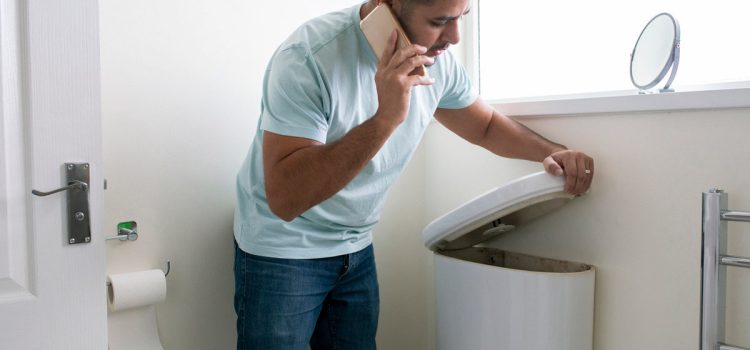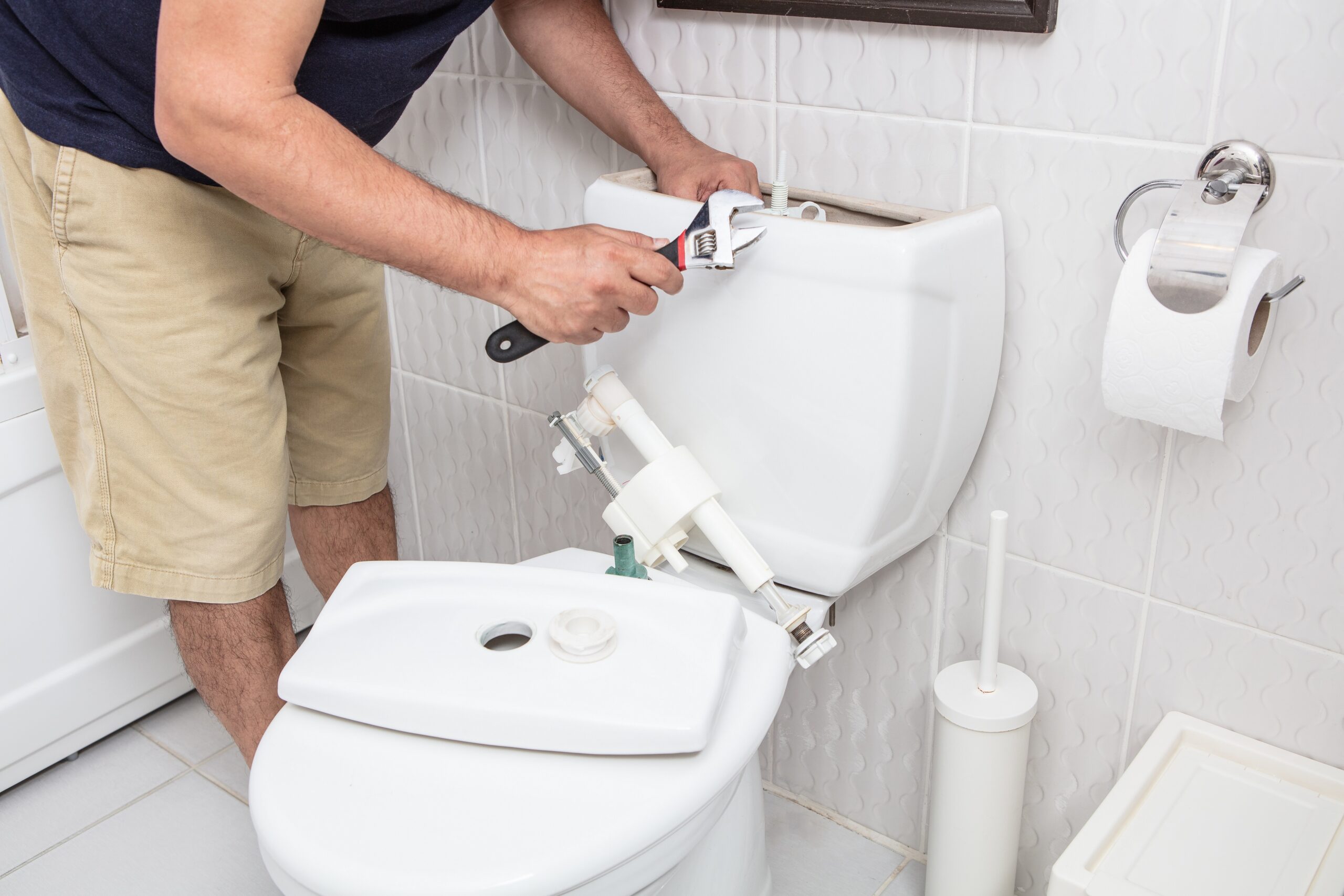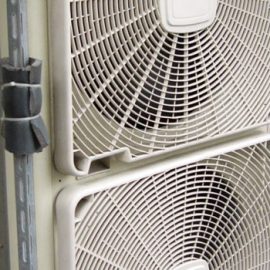
Ah, a sweaty toilet! You’ve noticed that water is dripping from the toilet tank and discoloring the wall behind the toilet. Your instant thought goes to leaks and other worse plumbing issues and no homeowner wants to deal with that, right?
Well, stop sweating it out; this drippy and damp problem is often faced by Chicago residents. And, it doesn’t mean that there is something wrong with your toilet or plumbing system, but rather some basic science is taking place in your bathroom.
Why Is My Toilet Tank Sweating?
When the humidity hits, you are not the only one to sweat. The fate of your toilet tank is similar to an iced drink in a scorching summer season – I’m sure you’ve got the idea by now.
The water that’s inside your tank is usually much colder than the air outside. And, when the outdoor temperature rises, so does the temperature inside your house – it’s more when you have a bathroom with less ventilation and more moisture. Thus, when the cold surface of the toilet tank comes in contact with the humid, warm air in your bathroom, it creates condensation – hence called “toilet condensation.”
We’ve identified the cause, which leads us to the next question:
Is Condensation on the Toilet Tank Bad?

I won’t say it’s much an issue like a clogged or a gurgling toilet, but it can get on the nerves.
If there’s too much of condensation, little drips and drops here and there can add up and, if left untreated, might become more than just a mild inconvenience. Your bathroom’s floor might be damp for days and even trigger an accident. Prolonged wetness can ruin the flooring and even rot out the floor framing. Bolts holding the toilet to the floor might also be damaged.
Luckily for you, there are some simple methods to reduce condensation on the toilet tank.
Lower the Moisture Level
High humidity in a bathroom is one of the primary reasons why a toilet tank is sweating. With frequent showers and baths, your bathroom eventually becomes the moistest space in your house with little ventilation.
If you want to reduce the humidity, I suggest using a dehumidifier. If a high humidity level is a consistent issue for the whole house, you can contact an HVAC specialist to install a whole-house dehumidifier.
You Need to Install an Anti-sweat Valve

Even in extreme heat, an anti-sweat valve can help keep your toilet tank from sweating. These valves are designed to add hot water to your toilet’s waterline, raising the temperature in the toilet and heating both the tank and the bowl. An anti-sweat valve can keep condensation at bay and prevent further damage in your bathroom because it works to equalize the temperature between the toilet and the room. Because this is a more complex process that necessitates some piping knowledge, it is best left to a professional plumber.
Your Tanks Needs to Be Insulated
Many homeowners may be unaware that they can insulate their toilets. Still, an insulated toilet can be useful in hot, humid climates where toilet tank sweating is a common issue. Most major toilet manufacturers offer insulation options, but you can also try a do-it-yourself solution. Bubble wrap, which you’re used to seeing in packages, turns out to be useful for more than just keeping box contents secure—it also comes in handy if your toilet tank is sweating. When condensation forms in your toilet, insulation between the water and the toilet tank can help reduce moisture. You can create a layer between the toilet tank and the water by wrapping bubble wrap around the inside of the toilet.
If you don’t have bubble wrap, rigid or flexible foam insulation will suffice. Insulation kits for your toilet tank are also available in stores. However, some plumbers do not recommend these do-it-yourself solutions because they can be less effective than dehumidifiers, anti-sweat valves, or properly insulated toilets.




Pingback:Top 5 Plumbing Essentials - Plumbers services